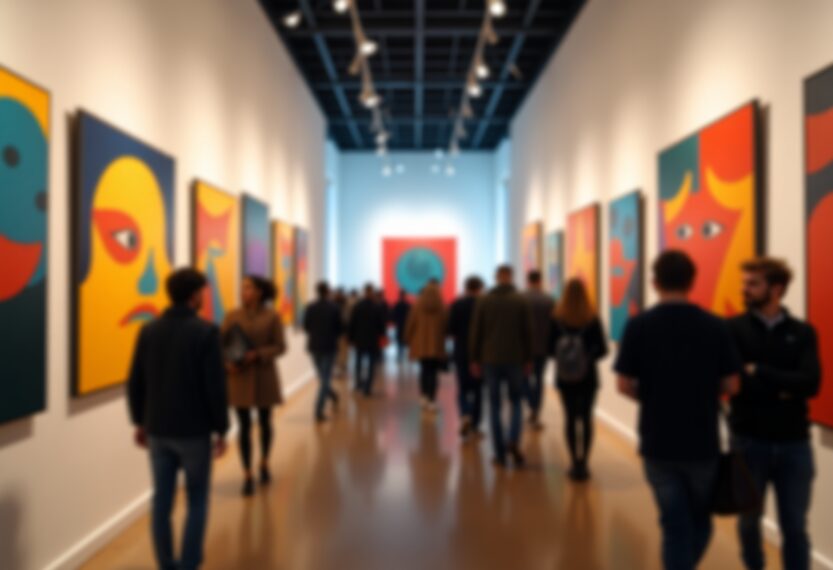In an era marked by political upheaval and societal challenges, the role of art and culture has never been more crucial. As we navigate through a landscape shaped by divisive leadership and uncertain futures, creative expression emerges as a beacon of hope and resilience. Artists, writers, and musicians are not merely observers; they are active participants in the dialogue surrounding our collective experiences, offering solace and inspiration to those grappling with the weight of current events.
The healing power of music
Music, in particular, has the unique ability to transcend barriers and evoke deep emotional responses. Recent trends show that songs like Billie Eilish’s poignant “What Was I Made For?” resonate with millions, serving as a soundtrack to our shared struggles. This connection is not accidental; music often reflects the zeitgeist, capturing the essence of our fears, hopes, and aspirations. Artists like Coldplay, with their anthemic tracks featuring diverse voices, remind us of our shared humanity, encouraging unity in times of discord.
Literature as a source of strength
Literature, too, plays a vital role in fostering resilience. Works like Virginia Woolf’s “Three Guineas” resonate profoundly in today’s context, as they challenge us to confront the realities of power dynamics and gender inequality. Woolf’s insights into the societal structures that confine us are as relevant now as they were in the 1930s. Similarly, contemporary authors like Mariame Kaba inspire readers to envision a world rooted in empathy and justice, reminding us that change is possible even in the face of overwhelming odds.
The visual arts as a form of protest
The visual arts also serve as a powerful medium for expression and protest. Artists like Lee Bul, who confront societal norms through provocative performances, challenge us to rethink our perceptions of identity and agency. Exhibitions showcasing such works not only highlight the creativity of individuals but also serve as platforms for dialogue about pressing social issues. The act of creating and sharing art becomes a form of resistance, a way to assert one’s presence and voice in a world that often seeks to silence marginalized perspectives.
As we reflect on the current political landscape, it is clear that art and culture are not mere distractions; they are essential components of our collective resilience. They provide a space for healing, reflection, and action, reminding us that even in the darkest times, creativity can illuminate the path forward. By embracing the power of artistic expression, we can cultivate a sense of community and solidarity, empowering ourselves and others to navigate the complexities of our world with courage and hope.

